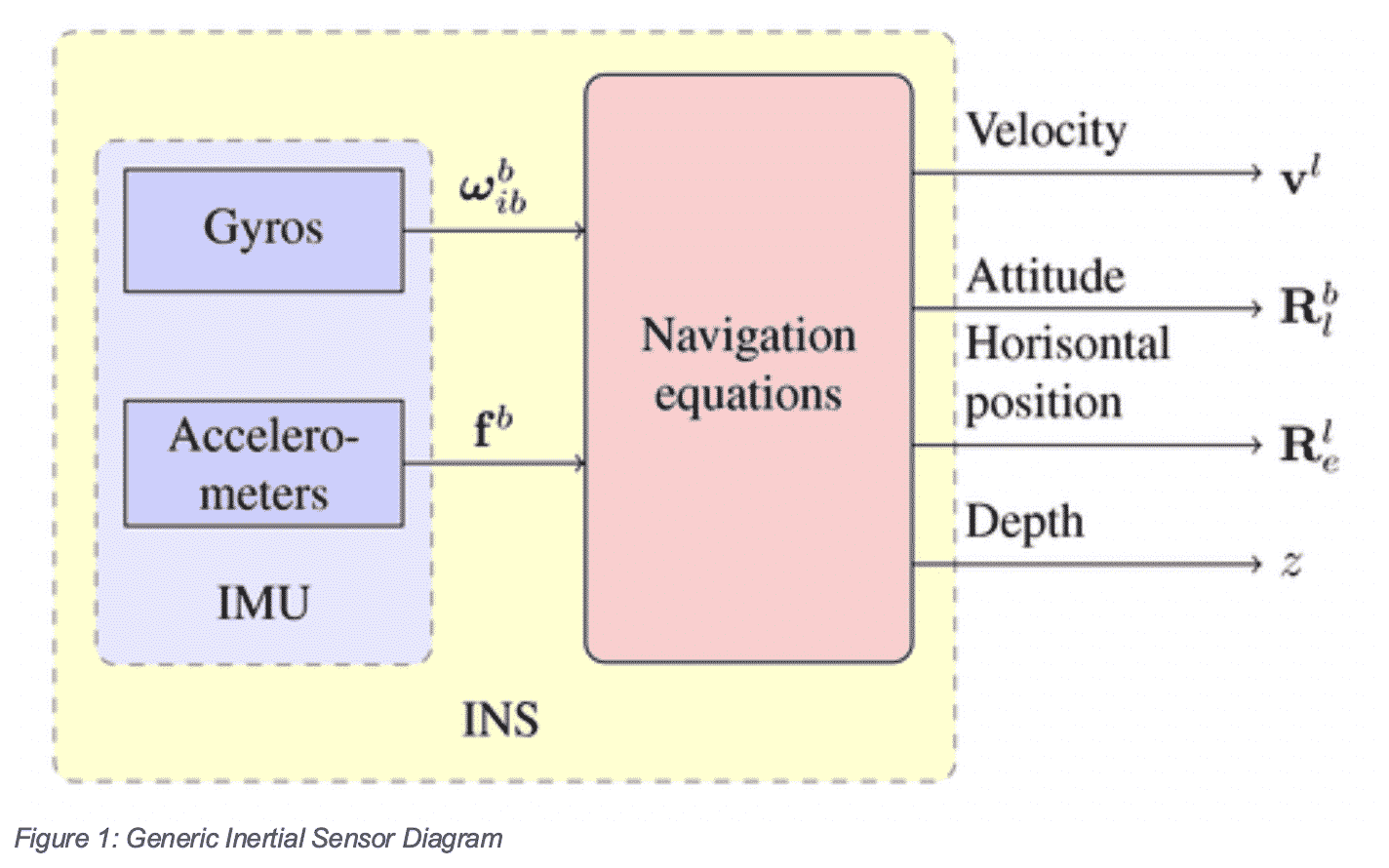
How to choose the right inertial sensor for your build
(time to read: 12-15 minutes)
Looking for an inertial sensor but not sure where to start? We get it – it can be overwhelming. While many manufacturers are using similar terms, there are enormous differences in price and performance.
NOTE: This is a high-level overview for those of you just getting started. Look for another blog post in a few days which is more of an experts-guide for selecting tactical and Industrial grade inertial sensors.
Making Sense of IMU’s and Inertial Navigation:
The Inertial Measurement Unit (IMU) is an integrated sensor package that combines multiple accelerometers and gyros to produce a three-dimensional measurement of both specific force and angular rate, with respect to an inertial reference frame. Unfortunately for buyers, in recent years the term IMU has become an umbrella term used to describe a wide assortment of inertial systems including Attitude Heading Reference Systems (AHRS) and Inertial Navigation Systems (INS). The IMU by itself does not provide any kind of navigation solution (position, velocity, attitude). It only actuates as a sensor, in opposition to the INS (Inertial Navigation System), which integrates the measurements of its internal IMU to provide a navigation solution.

Figure 1: Generic Inertial Sensor Diagram
So many sensors, so little time!
In general, inertial sensors can be grouped into one of the following three performance categories. Let’s have a look at each one.
Marine and Navigation Grade Inertial Systems: Big, Accurate, and Expensive
Marine grade inertial systems are the highest-grade sensors commercially available, and are used on ships, submarines, and occasionally (despite the name), spacecraft. These systems provide un-aided navigation solution drifts that are less than 1.8 km per day. Not surprisingly, these sensors can cost up to $1,000,000. Not for the faint of heart or budget.
Navigation grade systems have slightly lower performance than the marine systems and are typically used on commercial airliners and military aircraft. A navigation grade system will typically have less than 1.5km drift per hour. Again, these are big ticket items with a big price tag up to $100,000.
Tactical and Industrial Grade Sensors: High Value For Workhorse Applications
Tactical and Industrial Grade sensors is the most diverse of the three categories, addressing a wide range of performance and cost scenarios. This category is used for many applications requiring high performance data at a lower cost for high volume production, and are seen in robotic lawn mowers, delivery robots, drones, agriculture robots, mobile industrial robots, and autonomous marine vessels. The footprints are much smaller than Marine and Navigation, and the costs are lower as well. While lower cost, buyers still pay a premium for accuracy, performance, small footprint, and weight.
Automotive and Consumer Grade Sensors: Commodity Applications
The lowest grade of IMU available in the commercial market is referred to as automotive grade. These sensors are typically sold as individual accelerometers or gyros, however many companies have begun to combine multiple accelerometers and gyros from different manufacturers to create self-contained IMU units. However, automotive grade IMU’s are not accurate enough to be used for inertial navigation even when integrated with other navigation systems such as GPS. As a result, these sensors are used in suspension systems, airbags, anti-lock braking systems, entertainment systems and other similar applications. This is the least expensive of all sensors costing, more or less, around $100 per unit.

A Buyer’s Guide to Industrial and Tactical Inertial Sensors
The market opportunity for Industrial and Tactical inertial sensors is enormous, sitting at the intersection if high value and moderate cost (The research group Gartner refers to the space as “Autonomous Things” which is a pretty accurate name).
“Autonomous things are physical devices operating in the real world that can operate without human direction. Drones, robots, vehicles, appliances and agents are becoming increasingly autonomous. They can operate in controlled environments today and will operate in uncontrolled environments in the next few years. …Many types of autonomous things exist, and they operate across many environments, with varying levels of capability, coordination and intelligence” (Gartner, Inc.: Top 10 Strategic Technology Trends for 2019: Autonomous Things, Match 2019).
So now that we have the general landscape narrowed down to a well-defined sector, let’s drill down in the next post. Stay tuned!

